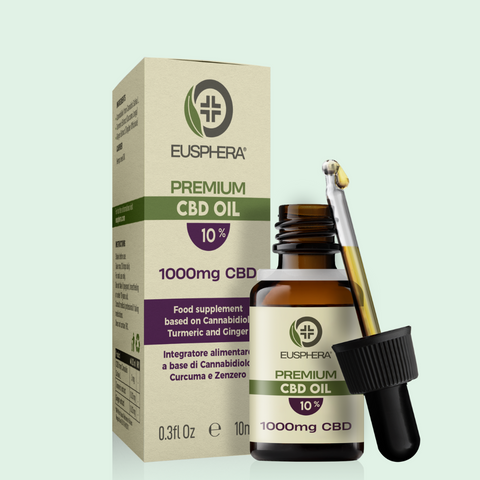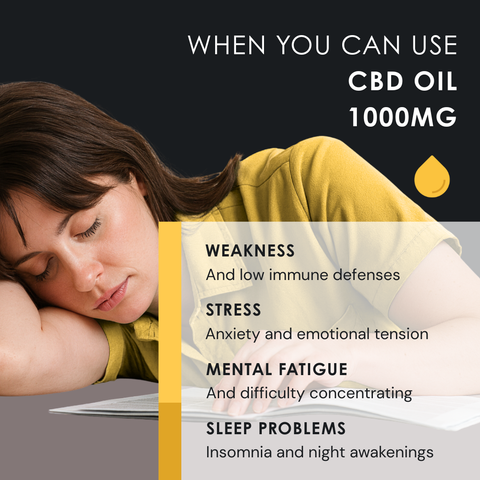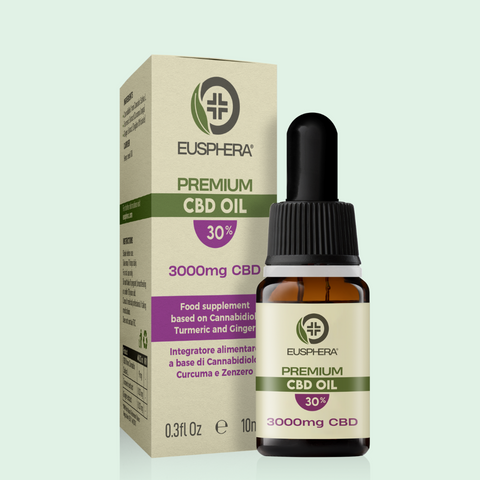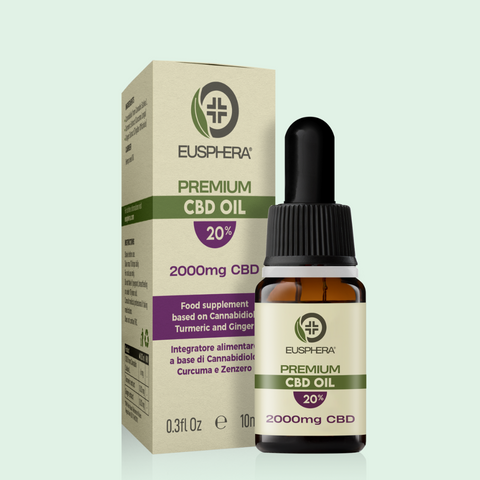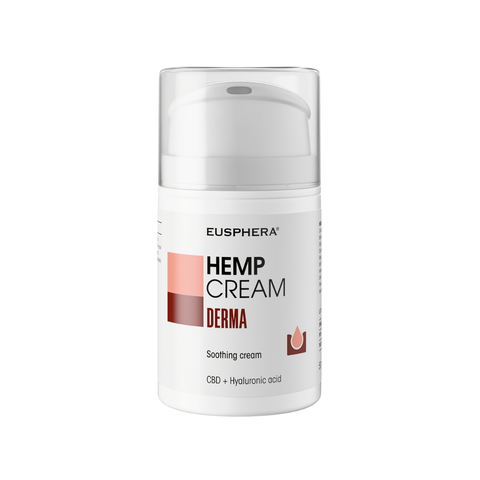When the temperature rises, it’s tempting to skip workouts. Yet training in the heat also has its advantages: the body learns to dissipate heat more efficiently, plasma volume increases, and—once the external temperature drops—you can run or cycle at a lower effort while feeling lighter. In this article, we’ll explore why summer training needs careful planning, what pitfalls to avoid, and, most importantly, seven concrete strategies to make the most of your outdoor sessions during the hottest season of the year.
Training in the Summer Heat: Pros and Cons
Training in summer means exposing the body to a thermal challenge that can trigger powerful adaptations but—if poorly managed—it can lead to dehydration or even heatstroke. Understanding both sides is the first step toward planning safe and effective workouts.
Physiological Benefits of Summer Training
A 7–14 day acclimation protocol with moderate training loads in a hot environment (around 40 °C), as demonstrated by research, can produce several positive effects. Here are the main ones:
● Increase VO₂max (aerobic power, i.e., the maximum volume of oxygen consumed per minute) by up to 8% and improve time trial performance.
● Expand plasma volume by ~6%, supporting cardiac output and thermoregulation.
● Make sweating more efficient by triggering it earlier and lowering skin temperature.
As a result, the benefits of training in the heat extend beyond summer: many athletes experience a performance boost even when returning to workouts in milder climates.
Risks and Challenges of Training in the Heat
Exercising in hot and humid conditions accelerates fluid loss (up to 1.5 liters per hour) and can lead to several negative effects. Here are the main ones.
● Dehydration with a 2% drop in body weight, resulting in decreased performance.
● Cramps, heatstroke, and mental confusion if core temperature exceeds 40 °C.
● Increased fatigue due to elevated heart rate and respiratory effort.
The NATA (National Athletic Trainers Association) emphasizes that summer workout safety depends on proper hydration, rest breaks, and rapid cooling protocols in case of emergency.
In other words, training in the heat is fine but only if you have the right knowledge to prevent or manage potential risks.
7 Tips for Training Effectively in the Summer Heat
If you want to keep up your workouts during summer, follow these practical tips to maximize the benefits and minimize unexpected setbacks.
1. Acclimate gradually to the heat. Spend the first 7–10 days doing short (30–40 minute), low-intensity sessions. Your body needs time to increase plasma volume and improve sweating efficiency. Progressive heat acclimation is the key to training safely in summer.
2. Avoid the hottest hours. Schedule your workout before 10 a.m. or after 6 p.m. If that’s not possible, choose shaded routes and reduce your planned intensity by 10–15%—it’s better to slow down than skip your session altogether.
3. Hydrate properly. Drink 5–7 ml/kg of body weight two hours before training, sip 150–250 ml every 15–20 minutes during the session, and replenish lost fluids within two hours afterward. For efforts longer than one hour, add sodium (0.5–0.7 g/L) and 6–8% carbohydrates. These anti-dehydration guidelines are based on clinical recommendations for preventing heat-related illnesses.
4. Wear technical clothing, light colors, and SPF. Breathable micro-mesh fabrics speed up evaporation, and light colors reflect solar heat. Always apply sweat-resistant SPF 30+ sunscreen: protected skin dissipates heat better and reduces the risk of surface-level heatstroke.
5. Prioritize recovery. Heat imposes a higher systemic cost: sleep at least 7–8 hours, alternate lukewarm/cold showers post-session, and take care of nutrition with proteins (1.6–1.8 g/kg) and natural antioxidants. Eusphera’s EU4Sport gel combines CBD and arnica, offering a topical application perfect for post-workout.
6. Monitor your body’s signals. Dizziness, intense thirst despite drinking, chills, or a sudden stop in sweating are warning signs. Stop exercising, find shade, rehydrate, and cool the body with cold compresses. Self-awareness is the most reliable sensor for safe training in the heat.
7. Supplement mindfully (including with CBD). Electrolytes, Omega-3s, and in recent years, cannabidiol (CBD) products are entering recovery protocols. Before supplementing with these products, consult a professional and verify quality (THC < 0.2% and purity certifications). For targeted support, you can consider Eusphera’s Recover line, specifically formulated to optimize the replenishment of reserves.
CBD and Summer Training: What the Research Says
Recent research shows that doses of 60 mg of CBD for 6 days can reduce markers of muscle damage (e.g., myoglobin) and favorably modulate inflammatory cytokines. Other randomized controlled studies indicate that ingesting 50 mg of CBD does not alter thermoregulation during a treadmill test at 34°C, but helps to attenuate the post-exercise immune response (↓ IL-6).
Therefore, it can be said that, concretely, CBD:
● Does not replace water, salts, or cooling strategies.
● Can act as a modulator of inflammation and delayed onset muscle soreness.
● Is legal in Italy if free of psychoactive effects and with THC within legal limits.
Combining it with the good practices mentioned above makes summer training more sustainable, especially during closely spaced training blocks.
Summer training is not an enemy, but a tool: with a gradual approach, targeted hydration, proper clothing, and smart recovery — possibly supported by CBD-based supplements — it is possible to achieve adaptations that last all year.
The key is to stay in tune with your body and follow expert recommendations.
